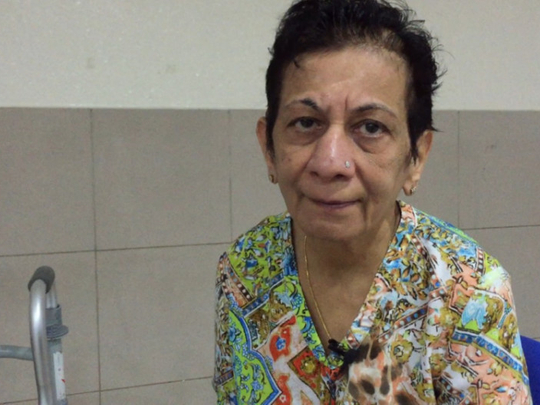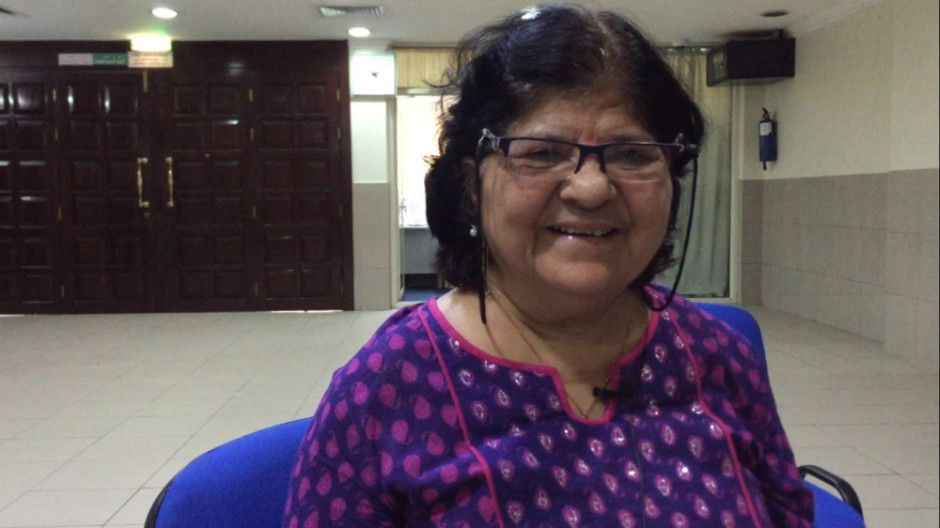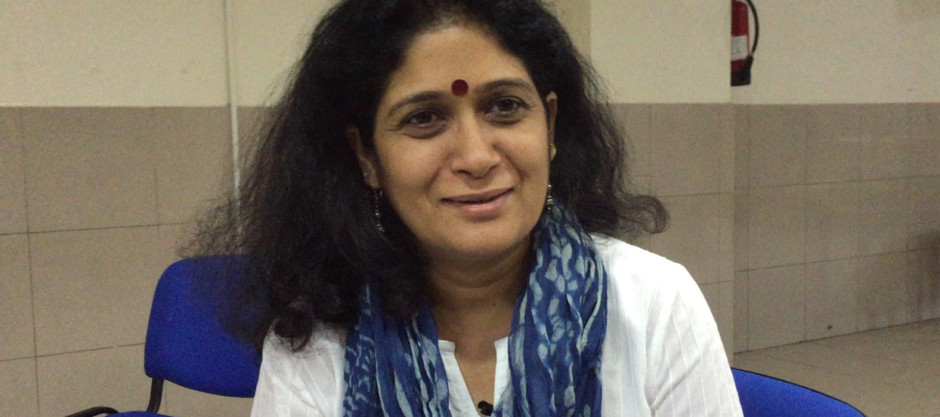
Dubai
It takes a certain individual to turn a personal tragedy to a project of hope. Vonita Singh is one such individual. After losing her father to Parkinson’s Disease (PD) in 2009, the entire Singh family reflected on the experience. Despite all the research and the doctor’s advice, Singh learned that there were things they couldn’t prepare for as her father’s disease progressed. Even small acts could sometimes do more harm than good.
“Dad was rigid, but we weren’t aware that movement was so important for him. So when he had to reach out for a newspaper early in the morning, I or my brother would give it to him. This is not to be done,” Singh said. She explained that it prevented her father from stretching his muscles.
“Primarily, it was lack of knowledge. After dad’s passing, we thought to reach out to those in similar situations and help them.” Singh, who is trained in the Indian classical dance Kathak, decided to use her dancing skills for good. In 2013, she trained with Dance for PD in Brooklyn, New York, a non-profit that offers dance therapy classes. Upon her return to the UAE, Singh set to share what she learned. Thus, ‘Movement Mantra’, the name of her intiative, was born. Comprised of just one person at the start, the group soon grew, now averaging around 10 to 15 people per class.
Incorporating elements of dance and storytelling into her sessions, Singh meticulously choreographs dances and exercises that target specific problem areas for People with Parkinson’s (PWP), a term preferred by Singh. “As a dancer, I have rhythmic cues or auditory cues and visual cues, where I need to follow my hands,” she said, as she lifts her arm and head upward. “If you put breath into it and stretch, you move your neck.”
According to Singh, adding music and narrative to the sessions make them easier to follow. “Most of the exercises designed for people with Parkinson’s have the elements of cues and prompts. Example, instead of saying, look up and down, you’re give them a tennis ball. Throw and catch. It adds to their coordination.”
The 50-year-old Indian expatriate knows all too well the consquences of not having enough movement. “Muscles come with a disclaimer: use me or lose me,” she said. That’s why her class includes throw-and-catch exercises, feet tapping, stretches, facial movements, and yoga or breathing exercises. Singh said, “As a dancer, I would learn a particular piece, rehearse, memorize, then perform. Even PWP need to relearn processes that the brain has forgotten or that the dying cells have made challenging to.”
Although she doesn’t consider herself a therapist or a medical professional, Singh cannot deny the positive feedback she sees after the end of every session. “Dance as a tool is very effective, very therapeutic.”
Her patients agree. “I enjoy coming here,” said Sushma Sharma, a 67-year-old person with Parkinson’s. “I couldn’t live a proper life, so I started...”
Rashma Ved, a 55-year-old from India, also gets an emotional and physical uplift at the end of every session: “After that I feel very nice. The rigidity is not there anymore. I also like to meet the people who have my condition, too.”
For Vonita Singh, who runs these classes for free, Movement Mantra has an intangible advantage that keeps PWP coming back: “They have found a platform where they feel they’re not alone. They see somebody who is more challenged than them, and they feel the need to reach out, extend empathy and support.”










